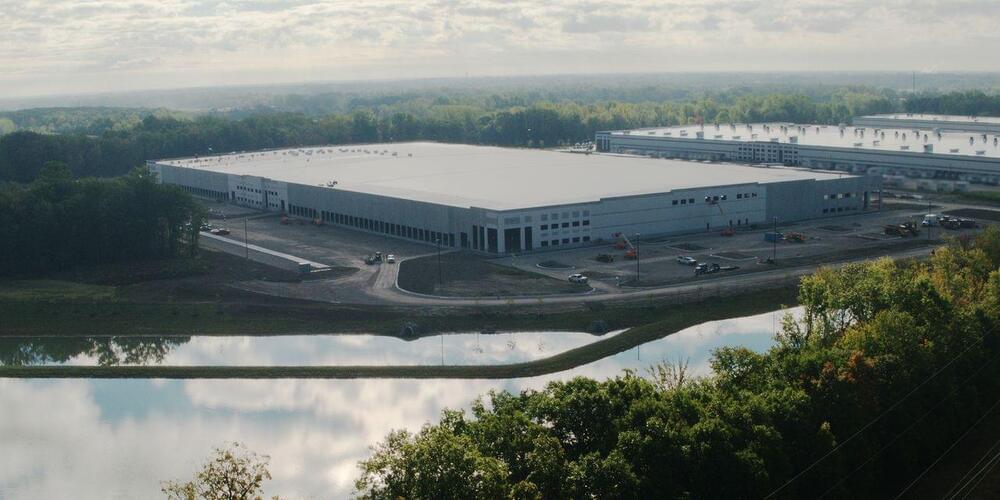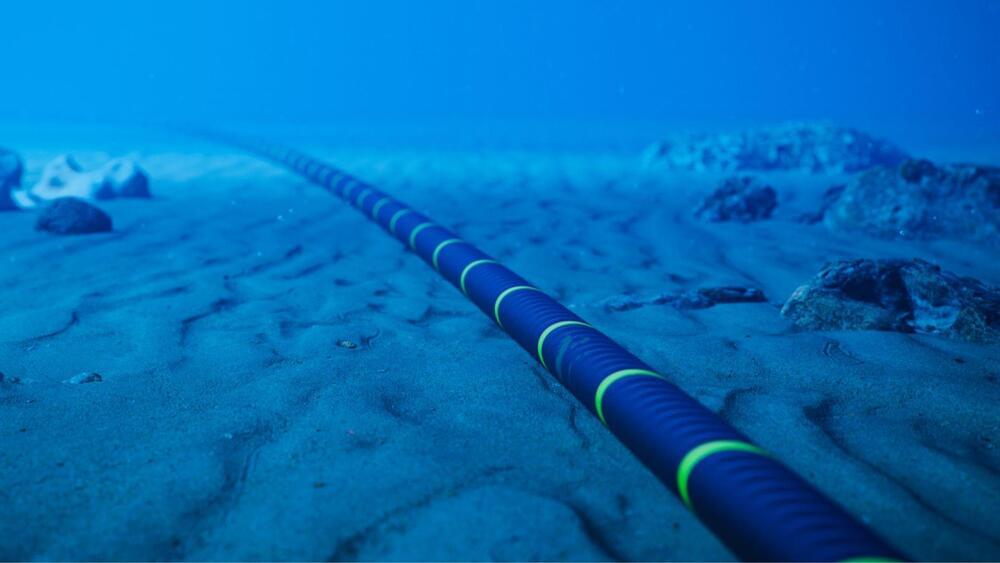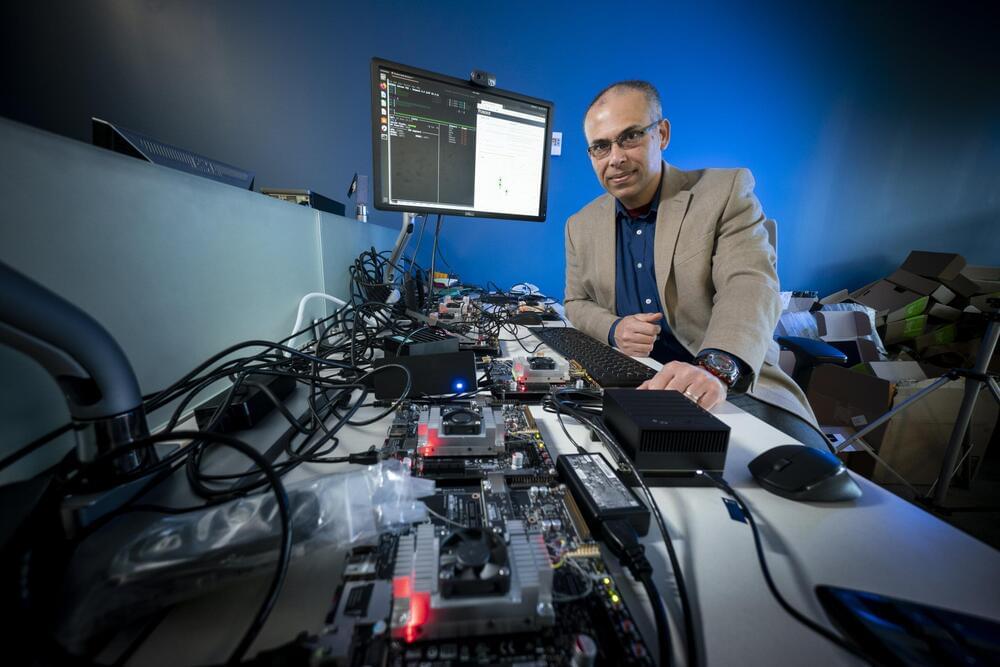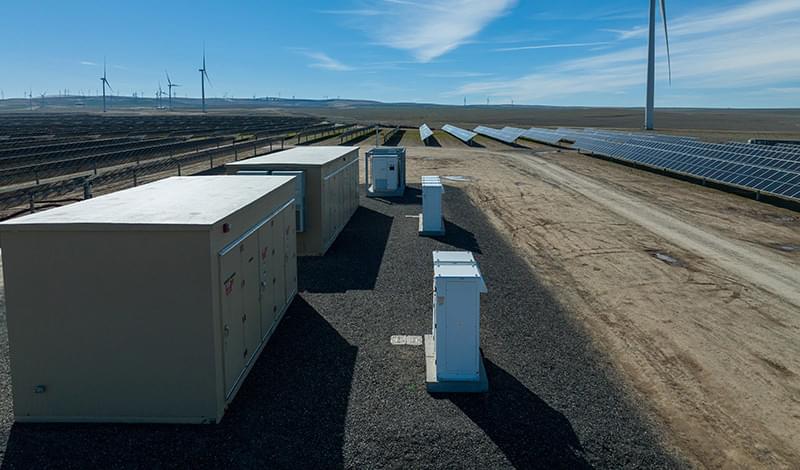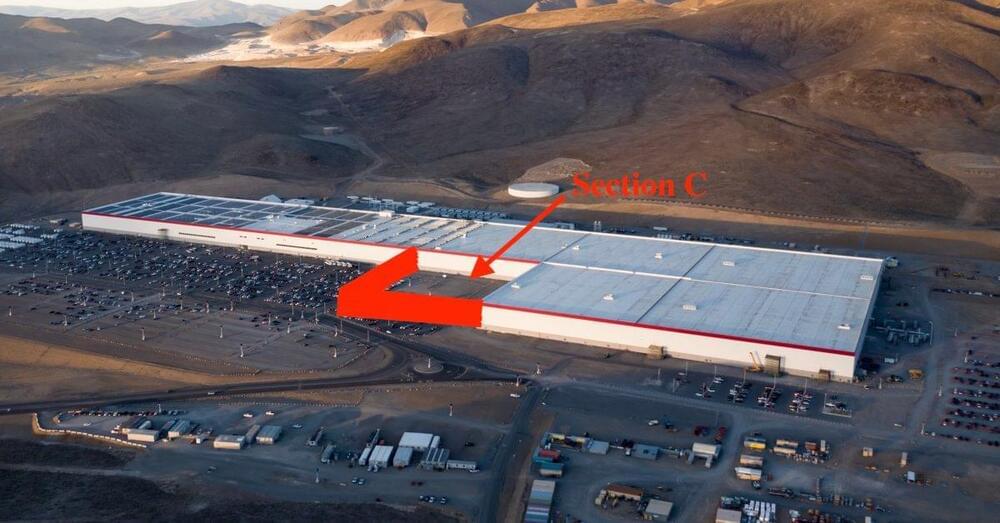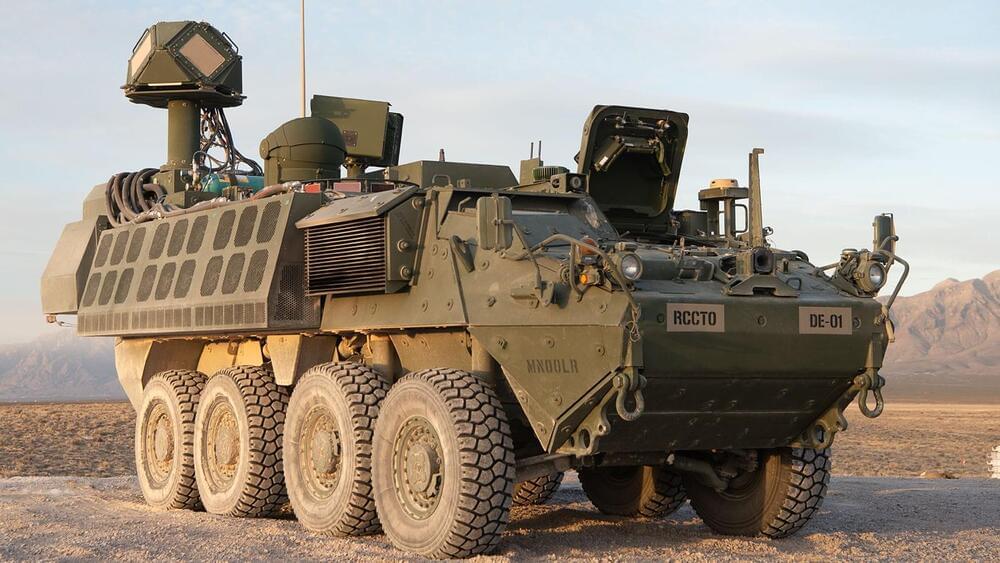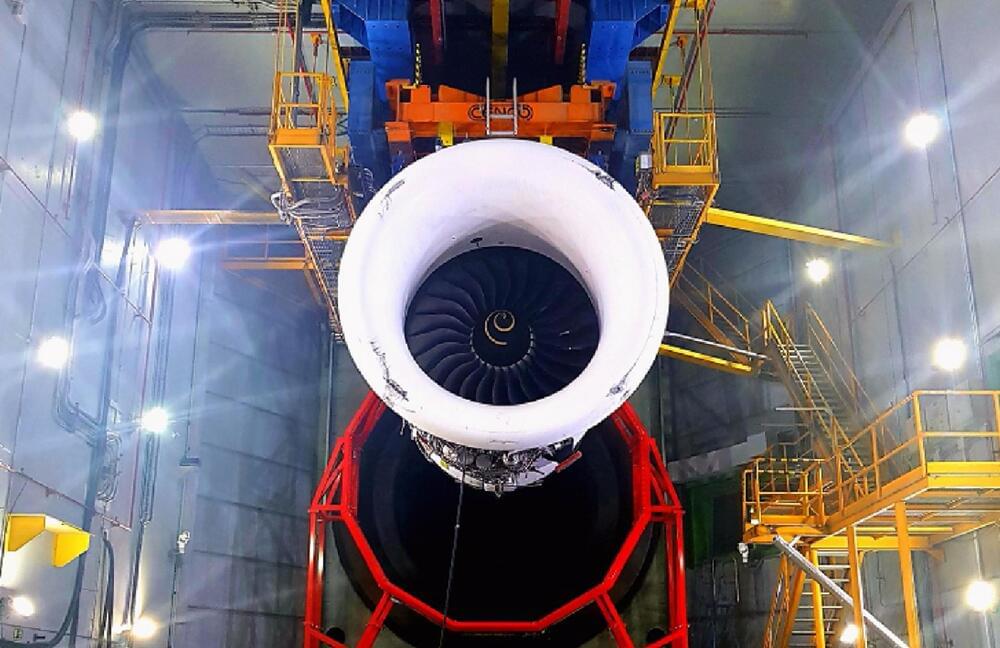The plant was developed by the Institute of Engineering Thermophysics (IET) of the Chinese Academy of Sciences and can generate more than 132 million kWh of electricity annually. This will see 40,000–60,000 households equipped with power during peak electricity consumption. From an environmental perspective, it also offers promising results, saving 42,000 tons of standard coal and reducing carbon dioxide emissions by 109,000 tons annually, stated IET.
What is CAES?
CAES is a type of battery that uses off-peak or surplus electricity from the grid to produce energy. It does this by using that extra electricity to run a compressor which in turn generates heated compressed air. This air is stored inside a purpose-built underground cavity, where hydrostatic pressure pushes it back to the surface.
